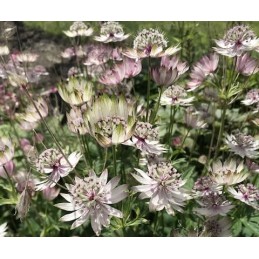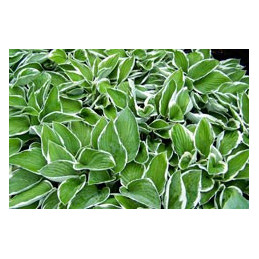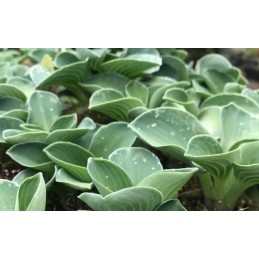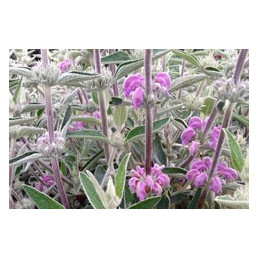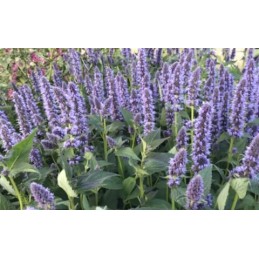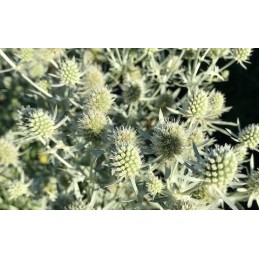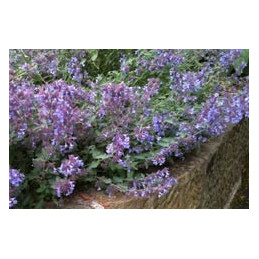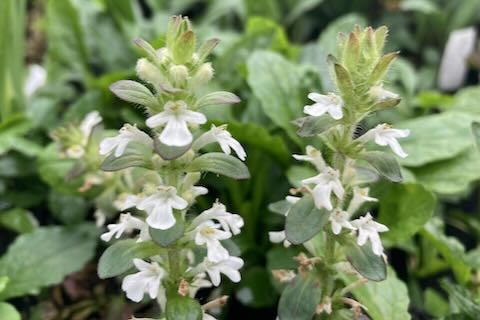
Astrantia 'Old Rose'
A beautiful new variety from our trial beds; flowers open white with a blush of pink on the underside, good stem length and vigour compared to other varieties. Grow in a cool damp spot on rich soil, winter deciduous as per other astrantia. Pinch out first flower to help roots develop.



